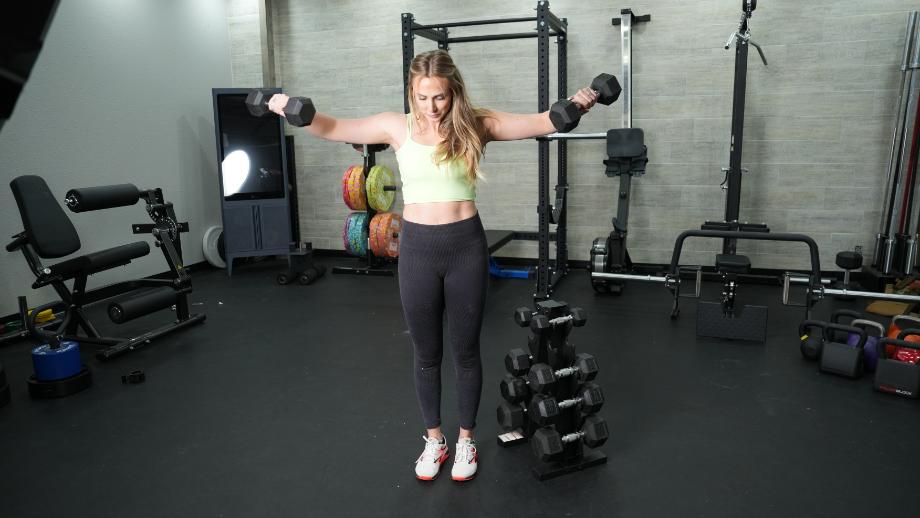We test and review fitness products based on an independent, multi-point methodology. If you use our links to purchase something, we may earn a commission. Read our disclosures.
As someone who once tipped the scales at an all-time high of 285 pounds, I know the challenges and triumphs of transforming your body. After all, it’s no easy feat to gain muscle or lose body fat—let alone do both simultaneously. However, after experimenting with tracking my caloric intake, setting (and adjusting) my macros, and creating a well-balanced weight training and cardio program, I learned many important lessons about the power of body recomposition.
RELATED: Macros For Fat Loss and Muscle Gain
Also known as “recomp,” this transformative process involves more than just losing weight—it’s about shedding fat and building muscle to achieve a lean, strong physique. As a certified personal trainer (CPT) who has helped beginners and experienced lifters gain muscle mass and reshape their bodies, I’ll give you the tools to successfully navigate your own body recomposition journey by providing practical tips, scientific insight, and personal experience to help you achieve your dream physique.
What Is Body Recomposition?
Body recomposition refers to the process of simultaneously losing fat and building muscle. Unlike traditional weight loss, which focuses exclusively on reducing your total body weight, body recomposition aims to improve your body composition by increasing lean muscle mass while decreasing your body fat percentage. This results in a more toned, muscular physique—even if the scale doesn’t change significantly.
RELATED: Guide to Bulking and Cutting
You’ll often see the term “recomp” used in the bodybuilding community, as athletes typically implement “bulking” and “cutting” phases during the offseason. Bulking involves eating in a caloric surplus and following a high-volume strength training program to add lean mass. During contest prep, athletes then go on a “cut,” eating fewer calories and performing more cardio to reduce body fat and get stage-ready.
How Does Body Recomposition Work?
You must follow a few key principles to achieve body recomposition. First, you must engage in resistance training to stimulate muscle growth—aka muscle protein synthesis1 (MPS)—the process where your body repairs and builds new muscle tissue.
I recommend focusing on compound exercises like squats, deadlifts, presses, and row variations to get the most bang for your weightlifting buck. These types of strength training exercises involve multiple muscle groups and have been shown to be the most effective for building muscle and overall strength.

RELATED: 12 Benefits of Strength Training
Secondly, you must get your nutrition right. This can be quite tricky, as fat loss requires a caloric deficit. However, you must consume sufficient protein to support your muscle-building efforts. I typically aim for around 0.8 to 1 gram of protein per pound of body weight per the Recommended Daily Allowance (RDA) from the Food and Nutrition Board.
In addition, you’ll likely need to incorporate some form of cardiovascular exercise into your fitness routine. Not only is this necessary for your overall health and wellness, but it’ll help increase your total energy expenditure—aka burn more calories, which is essential when you’re whittling down your body fat percentage and don’t want to cut your calorie intake even further.
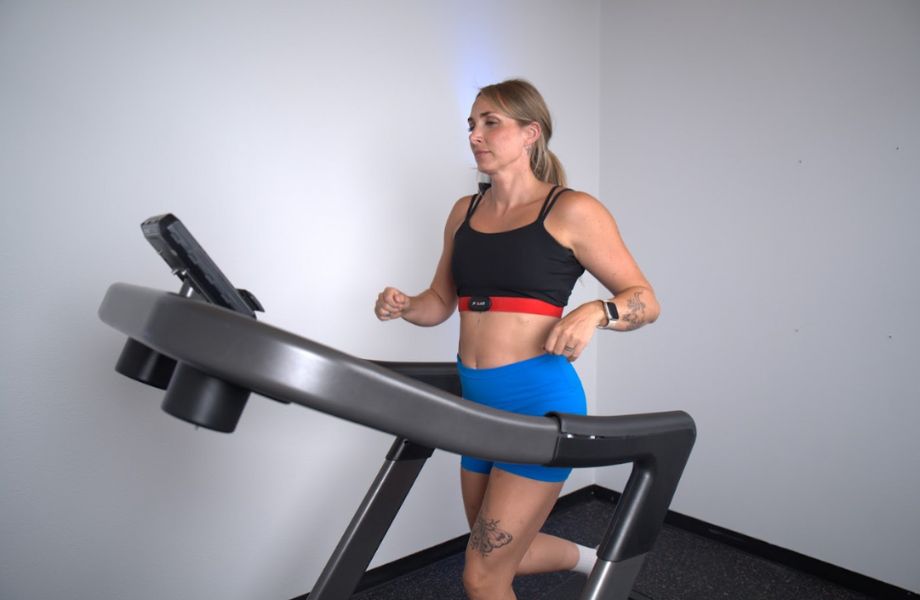
RELATED: Cardio Vs Weights for Fat Loss
Body Recomposition Plan: How to Get Started
Let’s say you’re carrying around 20 pounds of “extra” body fat. You want to chisel away that extra fluff, pack on some lean muscle mass, and feel confident about taking your shirt off at the beach.
But where do you begin?
Based on my experience and the science of building muscle and losing fat, here’s how to formulate a body recomp game plan.
1. Set SMART Goals
Setting specific, measurable, achievable, relevant, and time-bound (SMART) goals is imperative, no matter your mission. Remember, the body recomp process is just that—a process. By its very nature, it’ll take time to see significant changes.
Start by setting short-term goals, such as reducing your body fat percentage by 1% in two weeks or increasing your bench press total by 20 pounds in one month. Because body recomp involves reducing your body fat and preserving (or building) lean muscle, using tools like body fat calipers, bioelectrical impedance scales, or DEXA scans to measure your body composition metrics can help ensure progress toward your goals.
2. Create Your Nutrition Plan
What you put into your body is just as important (if not more) than how you move your body. While there are many types of diets, the most important nutritional principle for body recomp is to follow a high-protein diet that supports muscle protein synthesis and prevents muscle loss during a calorie deficit. In addition, you’ll need to maintain a slight calorie deficit to lose fat.
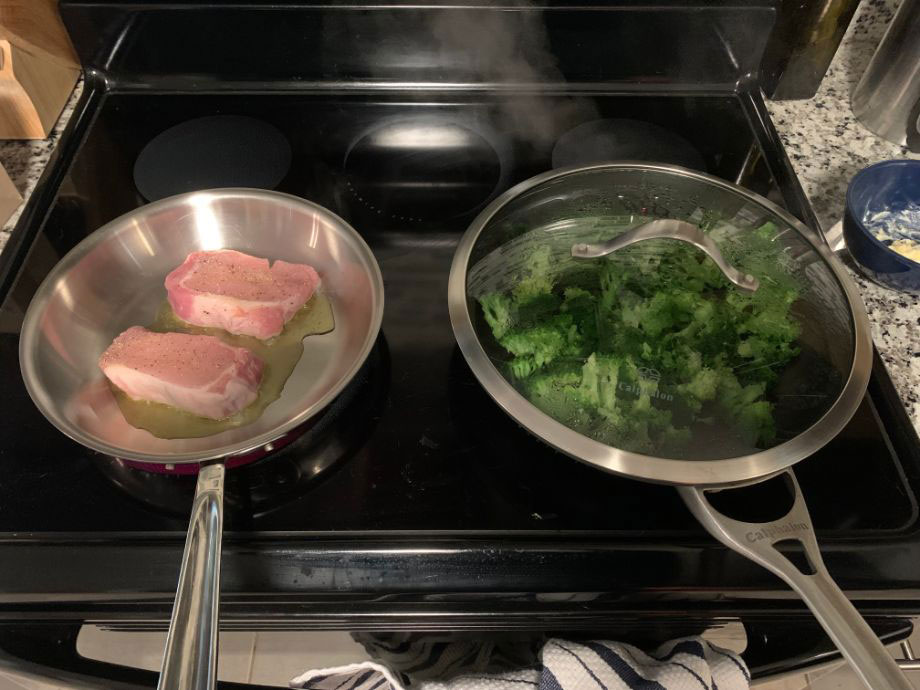
Depending on your food preferences and tolerances, structuring your meals around protein sources like chicken, lean cuts of beef, and fish will provide your body with the building blocks necessary to grow new muscle tissue. You can also supplement with your favorite protein powder to hit your daily protein goal, which should be around 1 gram of protein per pound of body weight.
RELATED: How Much Protein Do I Need?
As for the other macros, include a balance of healthy fats from avocados, nuts, and eggs and “clean” carbs from potatoes, sweet potatoes, vegetables, and rice to fuel your workouts and refill your glycogen stores post-workout. As you lean out, you will likely need to reduce your calorie intake without sacrificing your protein intake, so be mindful of what changes you make and how they may affect your performance and physique.
RELATED: Best Carbs For Bodybuilding
3. Structure Your Strength Training Routine
Now that you’ve set your goals and nutrition plan, it’s time to focus on the fun part of body recomposition: your workout routine!
With hypertrophy taking precedence over muscular strength or endurance, you should incorporate a mix of weightlifting and bodyweight exercises to build muscle. Focus on compound movements like squats, deadlifts, and bench presses that target multiple muscle groups. Most importantly, continuously challenge your muscles by implementing progressive overload—gradually increasing the weight, reps, or intensity of your exercises.
RELATED: What Is Progressive Overload?
As far as structure, you can go about it in a number of ways. The bro split workout provides the ideal pathway for highly focused sessions if you enjoy training one body part at a time. If you have less time to train, the efficient nature of a push-pull-legs routine may work better for you. Or, you can try other workout splits that better suit your schedule and fitness goals.
4. Schedule Cardio Sessions
Let’s be honest: Most people don’t look forward to cardio workouts. At the same time, there’s no doubt you need to break a sweat and get your heart rate up to support your fat-loss efforts and improve your cardiovascular health.
Luckily, you don’t necessarily have to spend an hour on the treadmill to reap the benefits of cardio. High-intensity interval training (HIIT) can be particularly effective for burning calories in a short amount of time, as you’ll alternate between periods of intense exercise and rest periods.
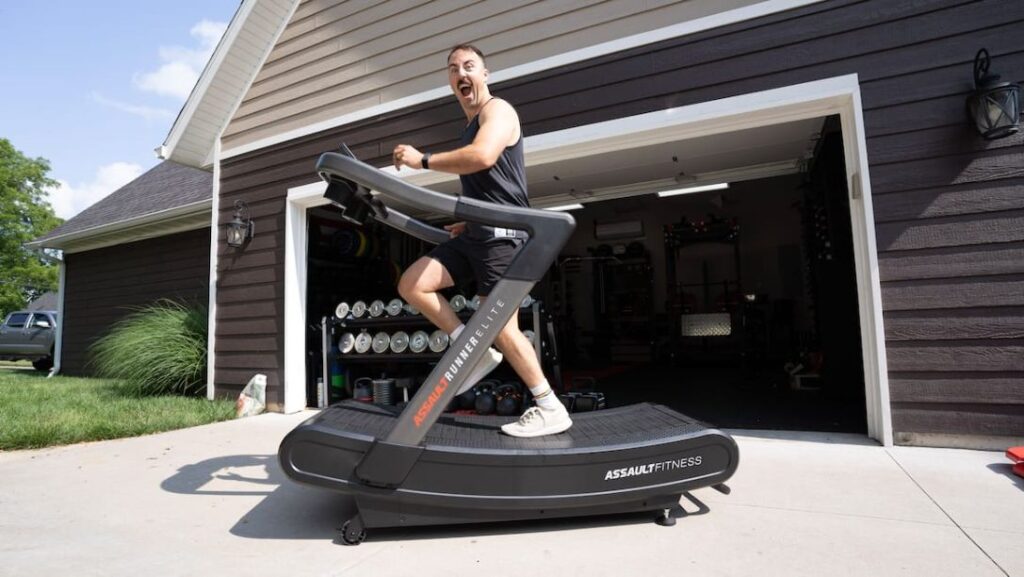
You can easily implement this on a treadmill by adjusting the speed or incline settings. Or, you can do a HIIT rowing workout where you do short “sprints” of 30 to 45 seconds, followed by an equal amount of reset time for multiple rounds. I recommend at least one or two HIIT cardio workouts per week, along with at least one or two low-intensity cardio sessions, which can include an outdoor walk or steady-state session
RELATED: Steady-State Cardio Vs HIIT
Body Recomposition Tips and Tricks
As someone who went from being overweight and undermotivated to being in shape and inspired, I’ve gleaned some useful lessons. Let’s be clear: body recomposition is not easy, but implementing these six tips may help make the journey less frustrating and more enjoyable.
1. Vary Your Training Routine
It’s all too easy to fall into the trap of performing the same workout routine. As much as I enjoy crushing squats and deadlifts regularly, I have to switch things up to keep from getting bored. I do this by trying variations of my favorite exercises, incorporating different tempos, or implementing superset workouts to give my body and mind a new stimulus.

RELATED: Tempo Training
2. Implement Intermittent Fasting
Plenty of anecdotal and scientific evidence supports the efficacy of intermittent fasting (IF). Whether you opt for time-restricted feeding or another method, you can bolster your fat-loss and muscle-building effort simply by skipping breakfast and reducing your eating window. Fasting promotes autophagy2—a natural process where your cells clean out damaged components and regenerate new ones.
Plus, IF increases the production of brain-derived neurotrophic factor (BDNF), which has been associated with improved cognitive performance3. During my body recomp, I experimented with various forms of IF, including OMAD (one meal a day). You can try different protocols to see which works best for you based on your fitness goals and lifestyle.
A word of caution: IF is not meant to be a starvation diet. Those with a history of disordered eating should consult with a doctor or dietician before implementing any form of fasting.
RELATED: Working Out While Intermittent Fasting
3. Use Supplements Strategically
While the best way to fuel your body is via whole foods, supplements certainly have their place in a well-formulated nutrition plan. Here are a few I’d recommend including in your stack:
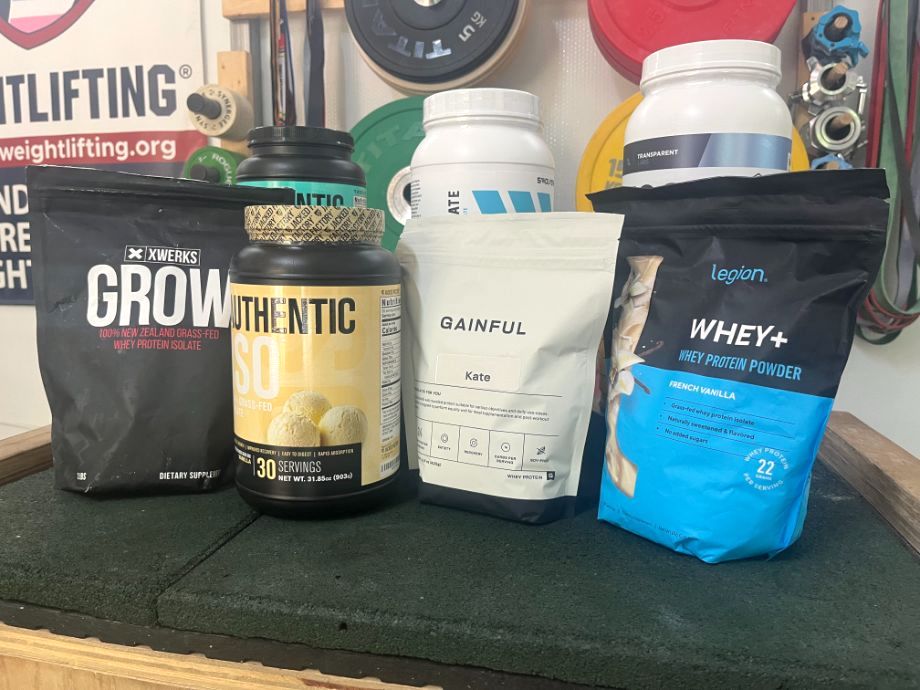
- Whey protein powder: Can be mixed into smoothies, shakes, or other recipes for a convenient source of quick-digesting protein.
- Creatine: The most-researched sports supplement of all time helps increase muscle mass and strength, as well as force production.
- BCAAs: Branched-chain amino acids support muscle growth, performance enhancement, and post-exercise recovery.
RELATED: Best Supplements For Muscle Growth
4. Take Progress Photos
The scale isn’t necessarily the best indicator of progress, and you may not see significant changes in your overall body weight depending on the amount of muscle and fat-free mass you carry. So, taking progress pictures allows you to see how your body has changed.
Take photos from several angles (front, back, side, and full body) to get an accurate gauge of your progress. Most importantly, take them from the same angles weekly (or bi-weekly) so you can directly compare them to your previous shots.
As the saying goes, “The mirror never lies.”
5. Meal Prep
Failing to prepare is preparing to fail. Rather than leaving your nutrition up to chance, stay ahead of the game by making your meals in advance. Throw some chicken or a protein of your choice into a crockpot with some veggies and let it simmer away during your workday. Or, dedicate some time every week to preparing meals for the coming days.
RELATED: High-Protein Meals
6. Have an Accountability Partner
Even if you’re self-motivated, there may be days when you just don’t feel like hitting the gym. There may also be times when you’re tempted to plow through some Oreos or a pint of ice cream. In those moments, having someone you can vent to or help motivate you to stay on track can make all the difference between making progress and taking a step back.
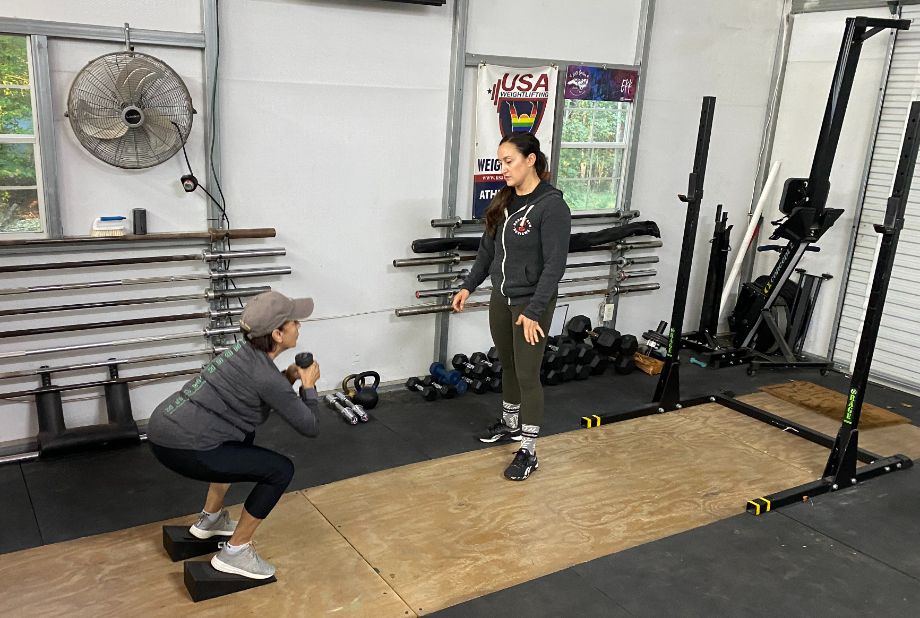
An accountability partner doesn’t necessarily have to join you for every gym session or be available 24-7. However, having at least one reliable person who can push you or be a sounding board during difficult times is one of the best ways to remain on the right path.
RELATED: Partner Workout Ideas
Body Recomposition: Final Thoughts
Transforming your physique is undoubtedly one of the most difficult wellness tasks you can undertake. You must be diligent with your diet. You must be disciplined with your training and dedicated to doing the little things like foam rolling and stretching so your body can recover.
Ironically, while it’s called body recomposition, the process is as mentally taxing as it is physical. It takes incredible energy and effort to build muscle and lose fat simultaneously. It also requires patience and persistence. So, as you navigate your recomp journey, look at it as an opportunity to learn how reshaping your mind can help you reshape your body.
Body Recomposition: FAQs
How long does body recomposition take?
The body recomposition process can take several months, if not longer. Depending on factors like diet, training, and your starting body fat percentage, it may take anywhere between three to six months to see noticeable changes.
Is body recomposition cutting or bulking?
Body recomposition is neither cutting nor bulking. It’s a hybrid process that allows you to lose fat and build muscle rather than focusing exclusively on a single goal.
How many calories should I eat for body recomposition?
Eat your maintenance calories or a slight caloric deficit (200 to 500 calories below maintenance) for body recomposition. Just make sure to consume enough protein to support muscle protein synthesis and preserve (or add) lean body mass.
How does body recomposition work?
Body recomposition involves performing consistent resistance training to build muscle, consuming sufficient protein to support muscle growth and recovery, and maintaining a balanced diet promoting fat loss.
What is the ideal macronutrient ratio for body recomposition?
An ideal macronutrient ratio for body recomposition is around 40% protein, 30% fats, and 30% carbohydrates. While that’s on the lower end of the scale for carbs, these ratios generally fall in line with the USDA Acceptable Macronutrient Distribution Ranges (AMDR). However, you can tailor these ratios based on your body type, fitness goals, and metabolic rate.
References
- Atherton, P. J., & Smith, K. (2012). Muscle protein synthesis in response to nutrition and exercise. Journal of Physiology, 590(5), 1049–1057. https://doi.org/10.1113/jphysiol.2011.225003
- Parzych, K. R., & Klionsky, D. J. (2014). An Overview of Autophagy: morphology, mechanism, and regulation. Antioxidants & Redox Signaling, 20(3), 460–473. https://doi.org/10.1089/ars.2013.5371
- Seidler, K., & Barrow, M. (2022). Intermittent fasting and cognitive performance – Targeting BDNF as potential strategy to optimise brain health. Frontiers in Neuroendocrinology, 65, 100971. https://doi.org/10.1016/j.yfrne.2021.100971
Further reading
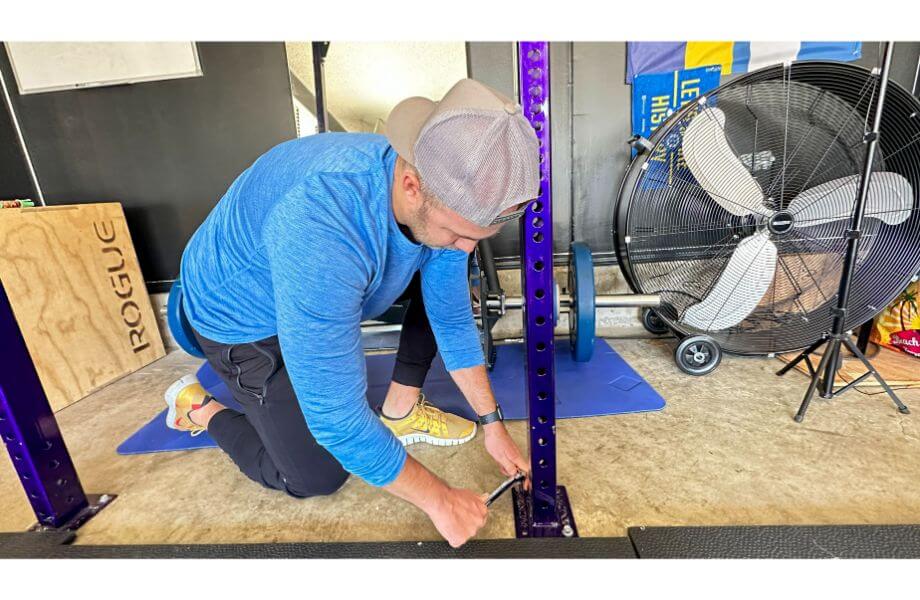
Should you bolt down your squat rack? Our personal trainer dives in to when you should, and when you may not have to. Read more

Many of us spend almost 2,000 hours per year working from our desks. Here we have 11 at-work stretches you can do to combat pain. Read more
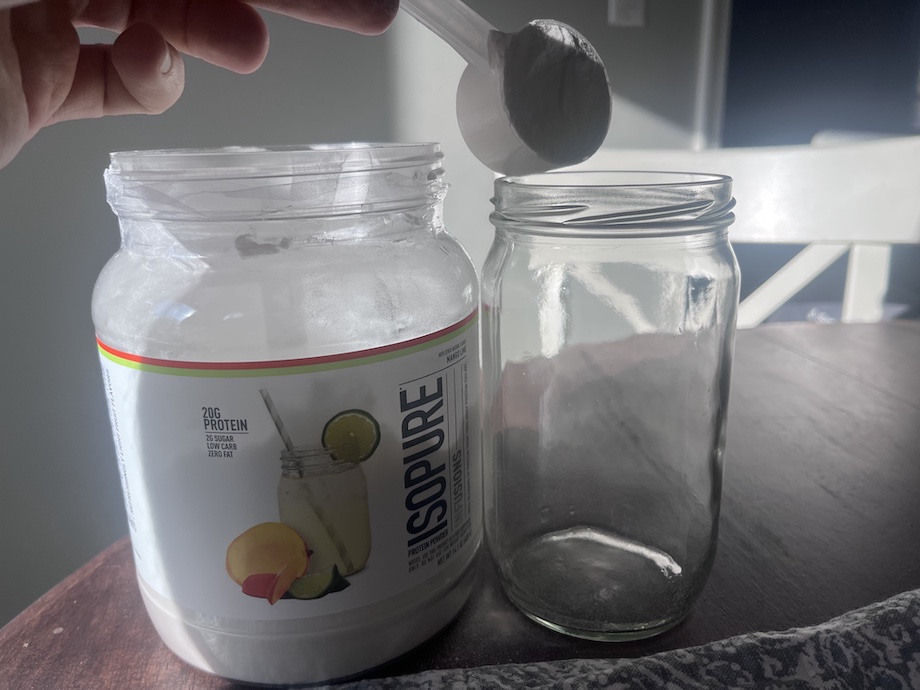
Experts reveal clear insights in our Isopure Infusions Protein Powder Review. Discover if this unique alternative is the “whey” to meet your protein goals. Read more
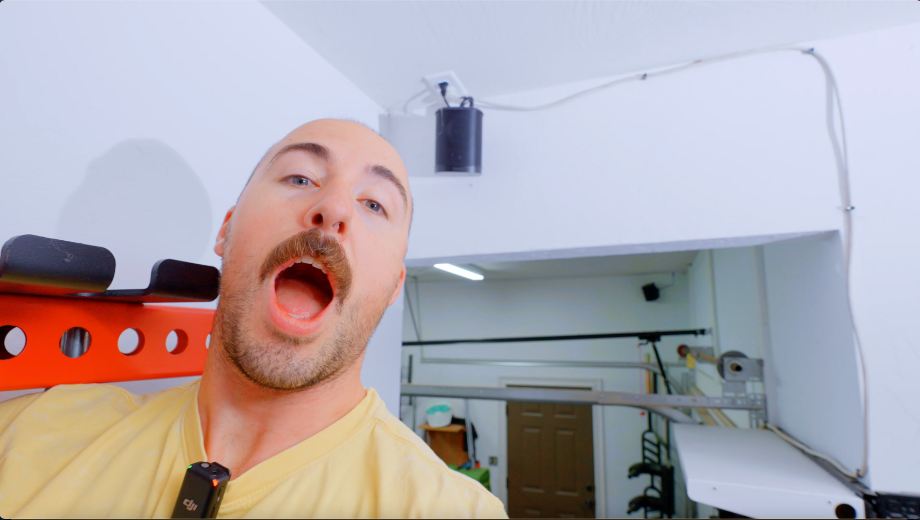
The sound of silence doesn’t work for everyone. Turn up the volume on your training with our top picks for the best speakers for home gyms. Read more

